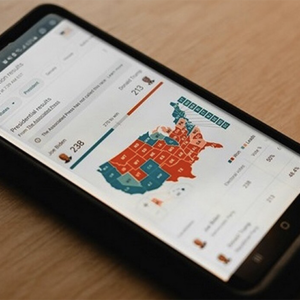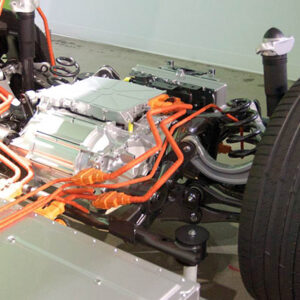
When it comes to gadgets, most phones already have the ability to do what big machines can. This piece of technology has certainly come a long way. Now, mobile phones aren’t just used for calling from anywhere. These basically do office tasks on-the-go.
Well, it seems as if phones will soon be able to do much more than email, text, call, and provide entertainment. These may be used to assess everyday materials without the need for machinery and large computers.
Researchers looked into the data they collected with the use of mobile phones to see if these could be used to gauge the structural integrity of bridges. The new study has seen how these small and handy devices can inform the users of potential maintenance requirements and keeping these bridges intact for 30 percent longer.
What the researchers did was use the Golden Gate Bridge in San Francisco as an example. They had their smartphones with them and they saw that these were able to capture the same kind of information about bridge vibrations that are usually gathered by the traditional stationary sensors.
The findings say how crowdsourced monitoring may be the cheaper and more convenient method that’s able to monitor the structural integrity of transportation infrastructure all over the world, and when this happens, they may be able to lengthen the lifespan of bridges by as much as 30 percent.
Fact is, there is a worldwide need for infrastructure monitoring. This is pertinent to improving the resilience and longevity of bridges, buildings, and other structures. This has been talked about in political debates so often, which just shows everyone how important this issue is in America and in other parts of the globe.
The structural health of bridges is oftentimes checked by engineers on-site. Unfortunate, this task is time-consuming, which is why checks don’t happen too often. These experts measure bridges with the of static sensors incorporated into the bridge. These sensors are extremely pricey as well.
Measuring the vibrational frequencies of bridges has been utilized in the past in order for them to identify bridge damage and deterioration. However, the data that talks about this type of testing is limited.
A team from MIT looked deeper into the matter and have published their work in the journal Nature Communications Engineering. They developed an Android-based app that’s designed to collect data as they go through a bridge. They compared the findings to the conventional bridge-based sensors that’s already being used.
“As data from multiple trips over a bridge are recorded, noise generated by engine, suspension and traffic vibrations, [and] asphalt, tend to cancel out, while the underlying dominant frequencies emerge,” said Dr. Paulo Santi.
The researchers tested out their method by going across Golden Gate Bridge. They went from one end to the next over 102 times and kept their devices running. They also tested the app further by going through 72 trips with Uber drivers using the activated phones.
When the data had been collected, the compared the results to what was gathered by the 240 sensors already in place on the Golden Gate Bridge for three months.
The results they came up with was hopeful because the data from both methods converged and were extremely similar. For 10 particular types of low-frequency vibrations measured by the engineers, they saw a close match, and in five cases, there was no difference whatsoever.
But because most bridges made are not suspended like Golden Gate, the researchers also decided to test the app on smaller and more customary concrete span bridges. They did this by studying a bridge in Ciampino, Italy. They then compared the 280 vehicle trips over it to the six sensors that had already been mounted for seven months.
This was where they saw a 2.8% divergence between what came out with the stationary sensors as opposed to what they got with the smartphone. It must be noted that shorter trip numbers created bigger differences, which may mean that more trips would create less.
Architecture Professor at MIT Carlo Ratti believes that there are still ways to finetune, enhance, and expand the research. An example would be to account for the effects of the smartphone mount in the vehicle and the type of vehicle being used. These may make a difference on the data.
“We still have work to do, but we believe that our approach could be scaled up easily — all the way to the level of an entire country,” shared Ratti. “It might not reach the accuracy that one can get using fixed sensors installed on a bridge, but it could become a very interesting early-warning system. Small anomalies could then suggest when to carry out further analyses,” he also said.
What are your thoughts? Please comment below and share this news!
True Activist / Report a typo


